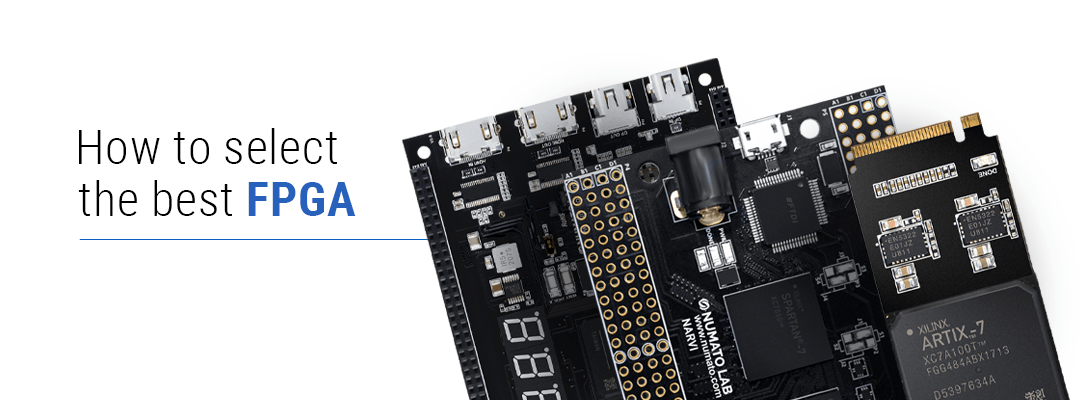Time: 2025-01-07 10:38:58View:
Choosing a Field-Programmable Gate Array (FPGA) involves understanding your application needs, the FPGA's capabilities, and your design requirements. Here's a detailed guide to help you choose the right FPGA for your project:
